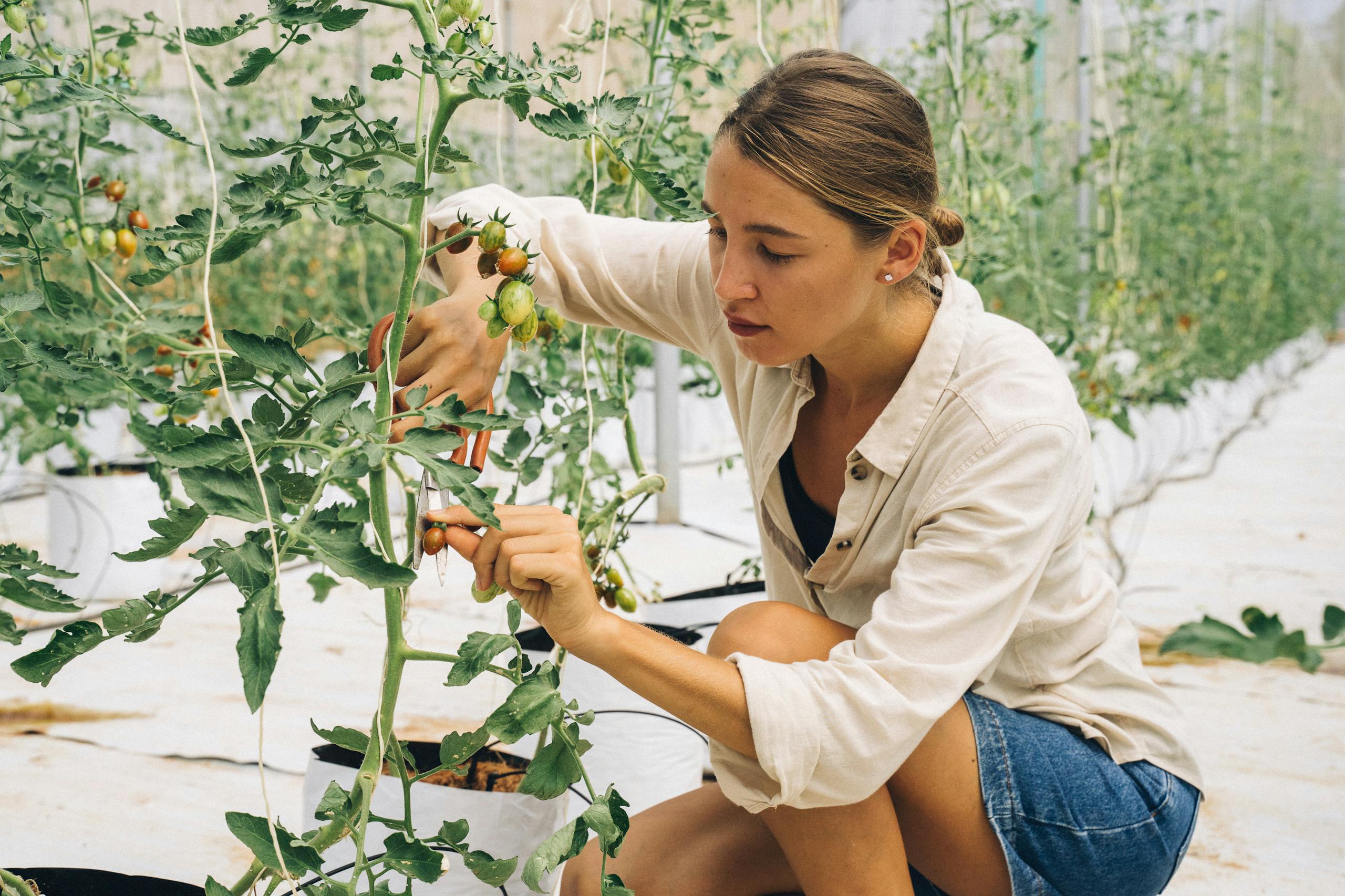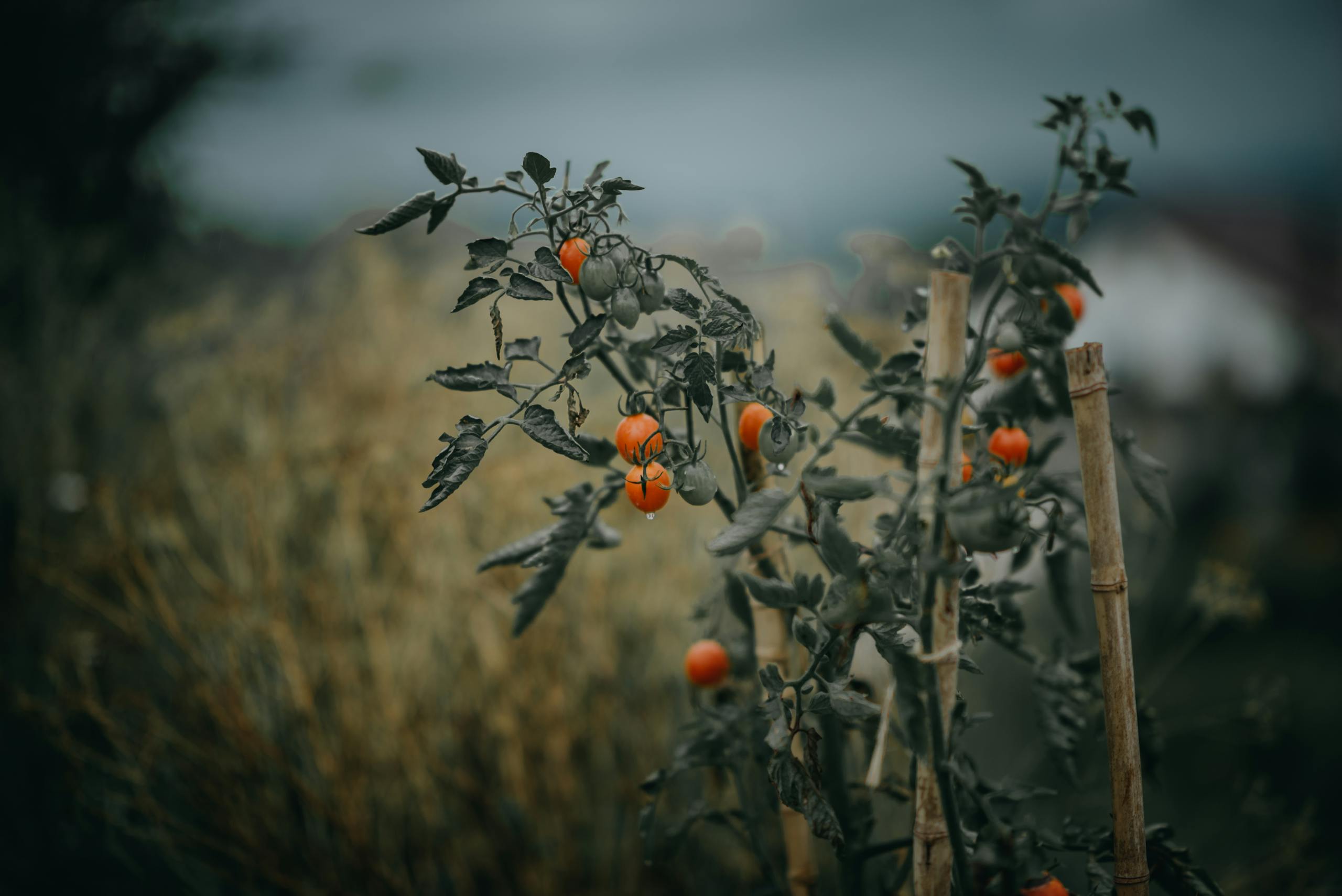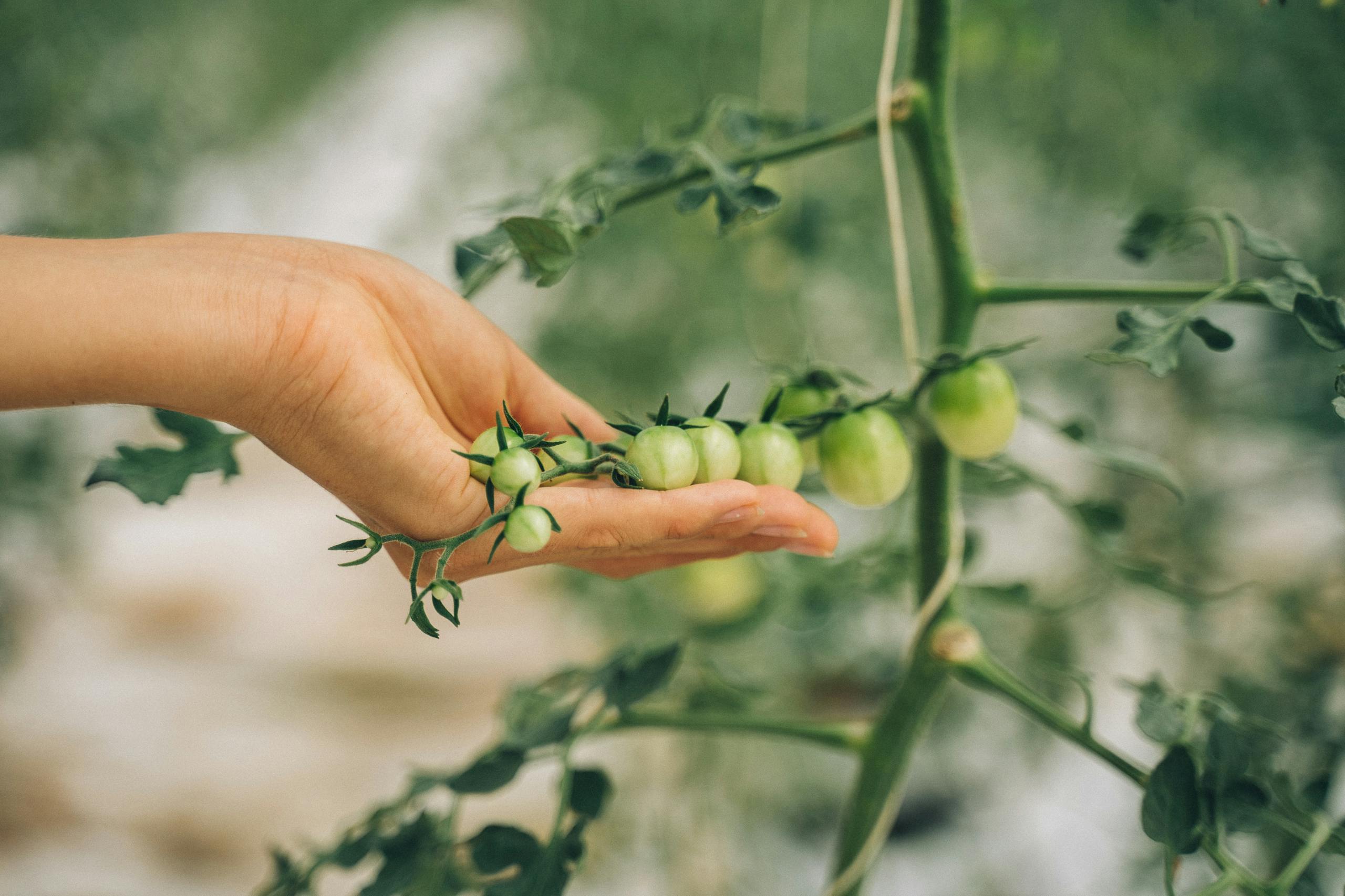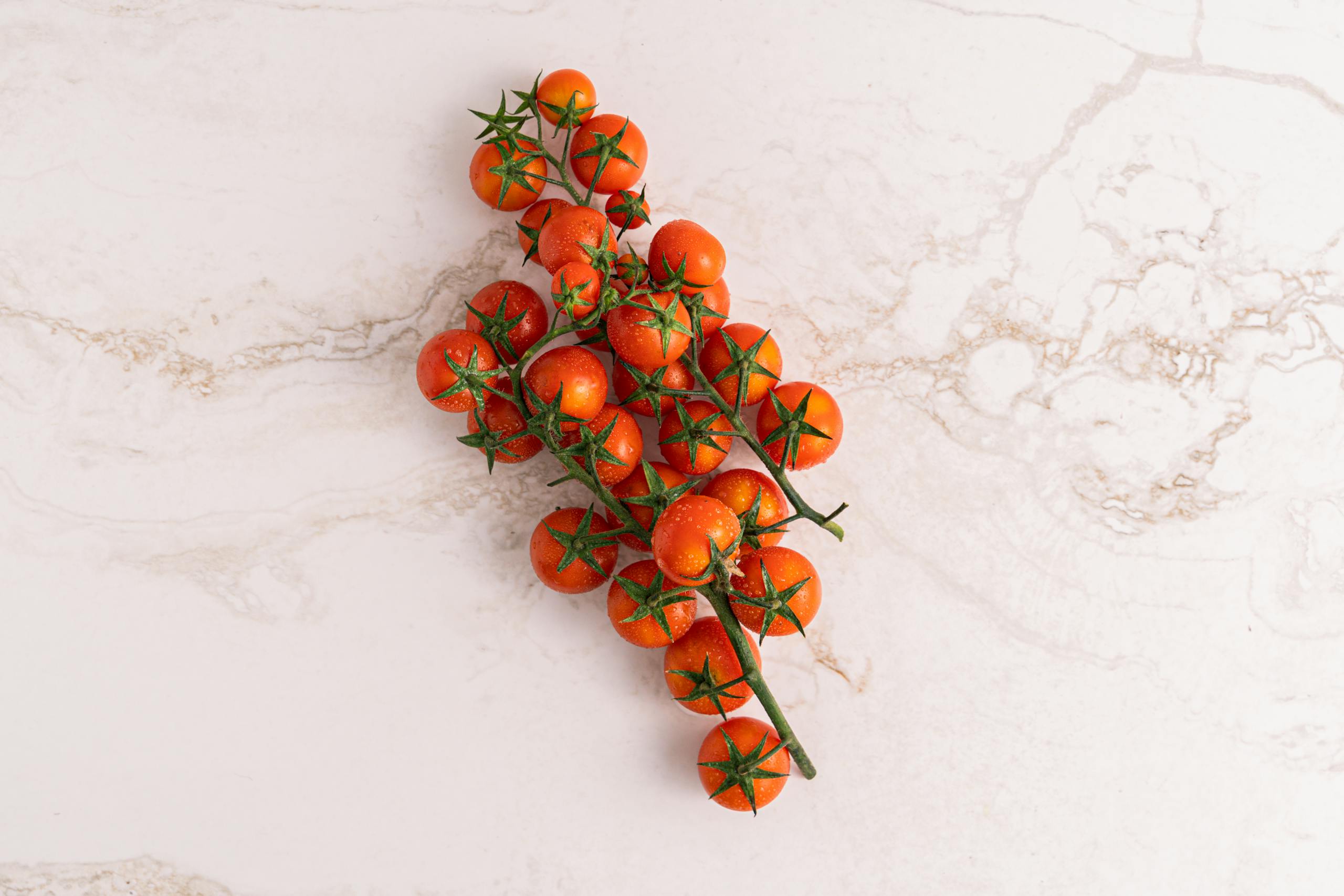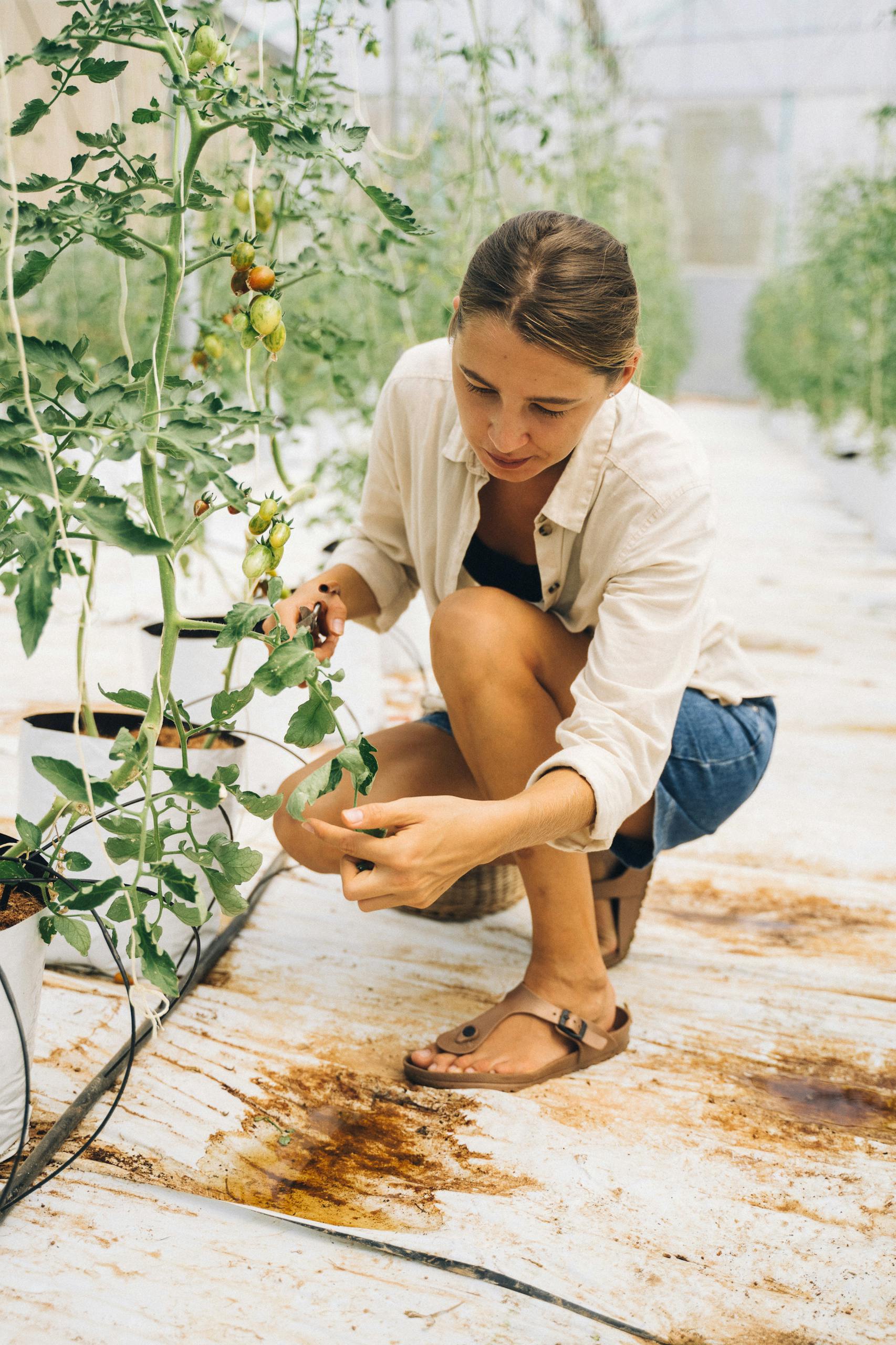Growing tomatoes can be a rewarding and enjoyable experience for any gardener, whether you are a beginner or have been growing them for years. Tomatoes are one of the most popular vegetables (or fruits, depending on who you ask) to grow in home gardens due to their versatility and delicious taste. With the right knowledge and techniques, you can produce a bountiful harvest of juicy, flavorful tomatoes. In this article, we will share some insider secrets for growing tomatoes like a pro.
One of the first things to consider when growing tomatoes is choosing the right variety for your location and growing conditions. There are countless varieties of tomatoes available, each with its own unique characteristics. Determinate tomatoes are compact and bushy, making them ideal for smaller spaces or containers. Indeterminate tomatoes, on the other hand, are vining plants that require support and can produce fruit throughout the season. Consider factors such as your climate, available space, and personal preferences when selecting which tomato varieties to grow.
When it comes to planting tomatoes, timing is crucial. Tomatoes are warm-season plants that thrive in temperatures between 70-85 degrees Fahrenheit. In most regions, tomatoes are typically planted after the last frost date in the spring. Ensure that your tomato plants receive at least 6-8 hours of sunlight per day and are planted in well-draining soil. Adding organic matter such as compost or aged manure to the soil can help improve its fertility and structure, providing your tomato plants with the nutrients they need to grow and develop.
Proper watering is essential for healthy tomato plants. Tomatoes prefer consistent moisture levels in the soil, so be sure to water them regularly, especially during hot, dry weather. Avoid watering the foliage of the plants, as this can promote disease development. Mulching around the base of the plants can help retain moisture in the soil, regulate temperature, and suppress weed growth. Additionally, using a soaker hose or drip irrigation system can help deliver water directly to the roots of the plants, reducing water waste and minimizing the risk of fungal diseases.
Feeding your tomato plants with the right nutrients is key to promoting strong growth and abundant fruit production. Tomatoes are heavy feeders and require a steady supply of nitrogen, phosphorus, and potassium throughout the growing season. Consider using a balanced fertilizer specifically formulated for tomatoes, or supplement with organic fertilizers such as fish emulsion, compost tea, or seaweed extract. Be cautious not to over-fertilize, as this can lead to excessive foliage growth at the expense of fruit production.
Pest and disease management is another important aspect of growing tomatoes successfully. Common pests that can affect tomato plants include aphids, whiteflies, hornworms, and spider mites. Regularly inspect your plants for signs of pest infestations and take appropriate measures to control them, such as using insecticidal soap, neem oil, or introducing beneficial insects. To prevent diseases such as blight, wilt, or blossom end rot, practice good sanitation, provide adequate air circulation, and avoid overhead watering.
Harvesting tomatoes at the peak of ripeness is essential to enjoying their full flavor and sweetness. Most tomatoes are ready to harvest when they reach their mature color and feel slightly soft to the touch. Gently twist or cut the tomatoes from the vine, being careful not to damage the plant. Store ripe tomatoes at room temperature away from direct sunlight, and avoid refrigerating them, as this can affect their taste and texture.
By following these insider secrets for growing tomatoes like a pro, you can enjoy a successful and abundant harvest of delicious, homegrown tomatoes. Experiment with different varieties, techniques, and recipes to make the most of your tomato-growing experience. With a little patience, care, and dedication, you can savor the satisfaction of growing your own fresh, flavorful tomatoes right in your backyard.





